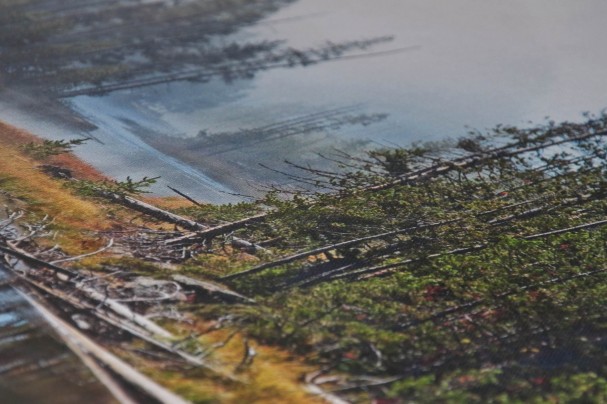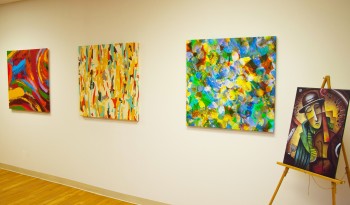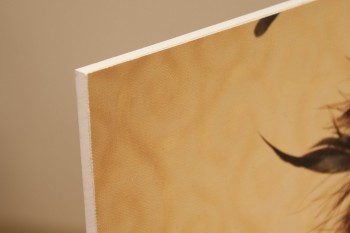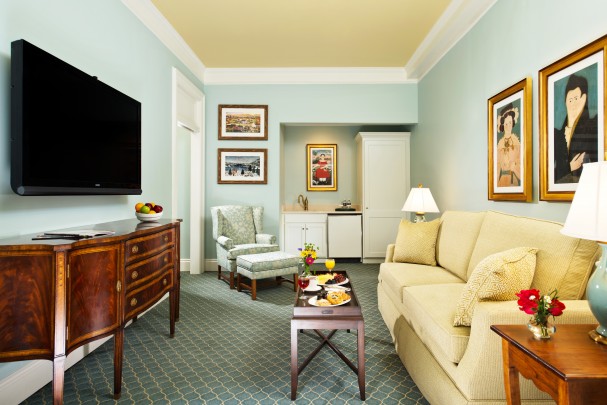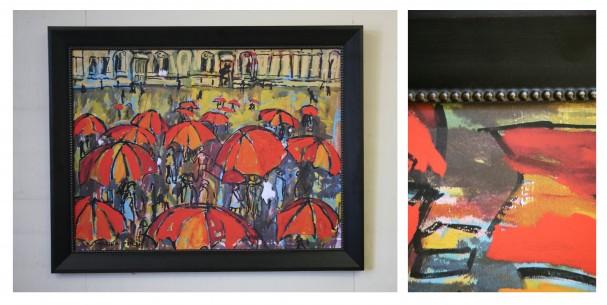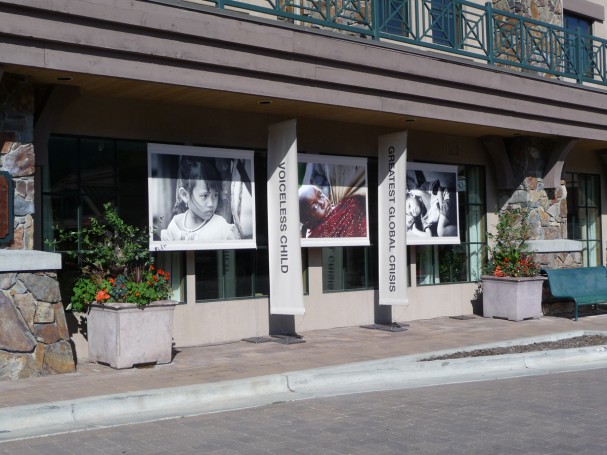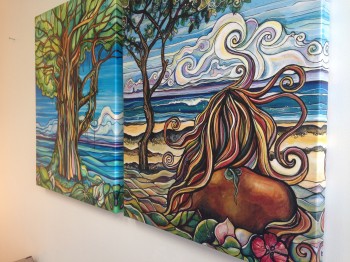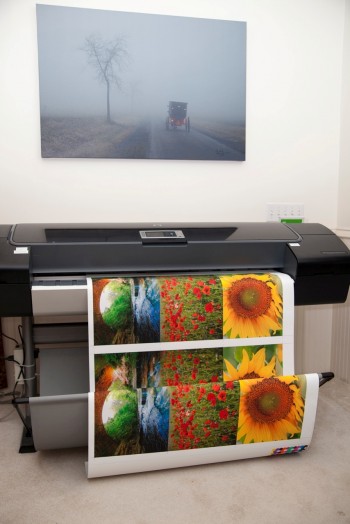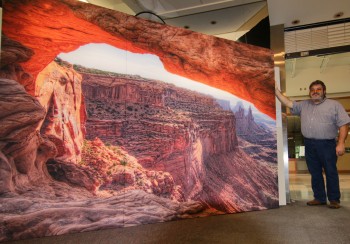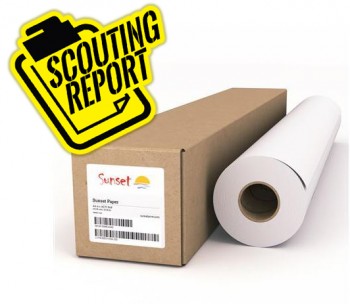 Sunset Photo Matte Paper 280g is now available exclusively at LexJet. Ideal for fine-art reproduction, high-quality fine photo prints, photo albums and high-end poster décor, the smooth archival paper produces superior color saturation and a high Dmax for high-impact image reproduction.
Sunset Photo Matte Paper 280g is now available exclusively at LexJet. Ideal for fine-art reproduction, high-quality fine photo prints, photo albums and high-end poster décor, the smooth archival paper produces superior color saturation and a high Dmax for high-impact image reproduction.
Sunset Photo Matte Paper is the thickest, heaviest and most durable (280g, 12-mil) inkjet paper in its class, and is also priced lower than most comparable papers, providing both value and quality.
“It’s a great paper with a slightly warmer tone, which is perfect for fine-art printing. It makes a beautiful print and it’s thick and easy to handle, but has a lower price point,” says Chip Wright of Mastercolor Professional Labs, Greensboro, N.C.
Sunset Photo Matte Paper 280g is available in 17″, 24″, 36″, 44″ and 60″ widths and 100′ roll lengths from LexJet’s North American Distribution Network. Call a LexJet print specialist at 800-453-9538 for more information and to try this new paper for your next project.


